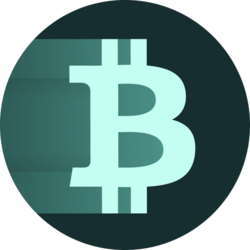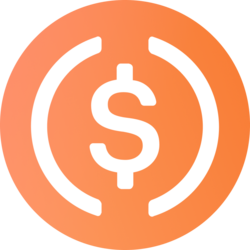The impressive appreciation of the shekel against the US dollar this year, by about 10%, has occasioned substantial losses for Israelis invested in US assets. The DXY dollar index, which measures the value of the US dollar against a basket of major currencies, has also fallen by 10% so far this year. Against this background, there are those who are wondering whether this is perhaps the time to increase exposure to the dollar. Most of the market experts say that it is not.
“The sharp fall in the value of the dollar against the shekel stems mainly from the depreciation of the dollar on world markets,” says Bank Leumi strategist Kobby Levi. “Israeli investors who bought euro-denominated bonds, for example, have been hit less than those exposed to the dollar.
“Our expectation is that the geopolitical improvement (in Israel), which is already manifest in improvement in pricing in large parts of the capital market, such as the local stock and bond markets, will also affect the shekel and will support appreciation against the basket of currencies.” In other words, in Levi’s view, the shekel could continue to strengthen. For that reason, he says, “There’s no room for reducing currency hedges despite the low rates.”
Meitav chief economist Alex Zabezhinsky also commented earlier this week on the strength of the shekel and its consequences for the public’s asset portfolio. “The appreciation of the shekel could go a long way,” he wrote, adding that the reason for that was that the public in Israel was likely to sell more foreign currency-denominated assets, to the tune of billions of shekels. On the basis of the data he gathered, he says, “The weight of foreign-currency-linked assets (not including overseas stocks) in the public’s asset portfolio was about 15% in March. That is still 2% higher than the stable levels that prevailed until the end of 2022. To return to the weight at that time, the public (including financial institutions) will need to sell foreign currency to the tune of over NIS 100 billion.”
Zabezhinsky also points to the link between the shekel-dollar exchange rate and the performance of the S&P 500 Index in the US. When the index rises, the exchange rate falls, i.e., the shekel strengthens. In his view, there is still room for the shekel to strengthen, to levels of NIS 3/$ and even lower.
Modi Shafrir, chief financial markets strategist at Bank Hapoalim, also recommends reducing the foreign currency-denominated component of the portfolio, estimating that the shekel will continue to strengthen. This is for two main reasons: “The first is that the basic forces supporting a strong shekel are expected to strengthen in the coming years, such as Israel’s large balance of payments surplus. The second is that, in my opinion, financial institutions will shortly start to reduce their currency exposure (because of the switch of money from investment in the S&P 500 to the Tel Aviv Stock Exchange to improve returns, H.S.).
RELATED ARTICLES
Moody’s maintains Israel rating, negative outlook
BoI keeps rate unchanged, cuts growth forecast again
Money invested overseas flows back to Israel
Rami Dror, CEO of Value Advanced Investments Group, adds, “The shekel-dollar rate is now consolidating at old/new levels of around NIS 3.5/$. What kept it high in the past eighteen months was chiefly the regional security-geopolitical situation. Following the changes that have taken place in the region, it is now at a new equilibrium level, and in my view we shall continue to see the shekel-dollar rate in this area.”
Published by Globes, Israel business news – en.globes.co.il – on July 8, 2025.
© Copyright of Globes Publisher Itonut (1983) Ltd., 2025.








































